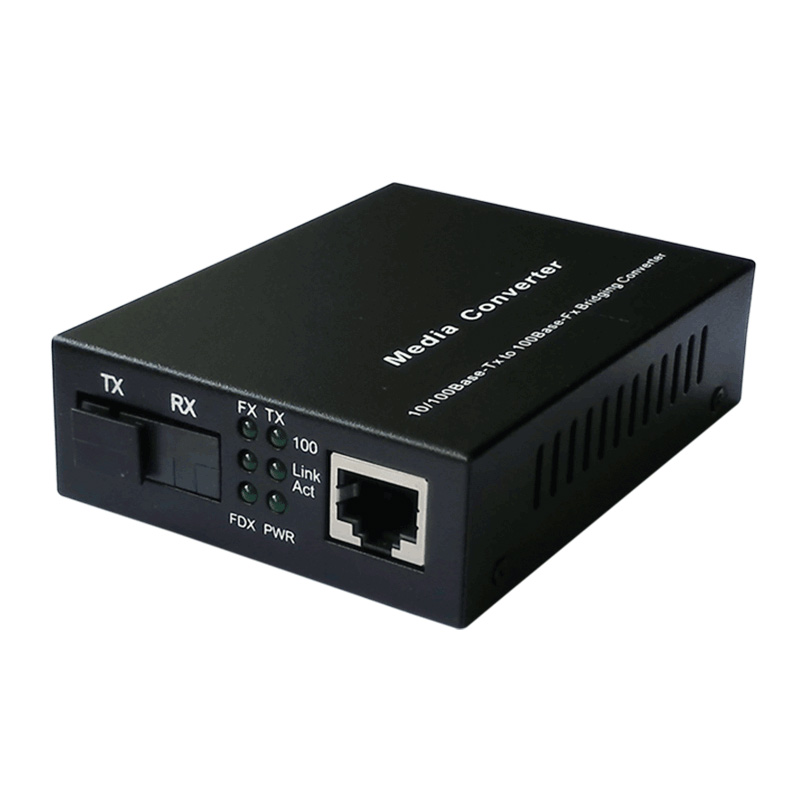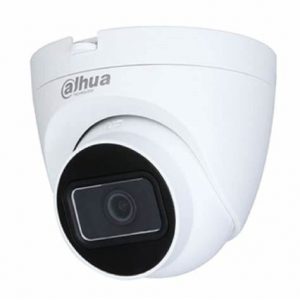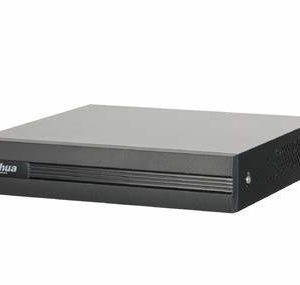Description
What Is Fiber Media Converter?
Optic media converter is an Ethernet transmission media conversion unit that exchanges short-distance twisted pair electrical signals and long-distance optical signals. It is also called fiber converter in many places. So, is there any difference between optic media converter and fiber converter?
The optic media converter can be divided into single-mode fiber converters and multimode fiber converters. In addition, there is a difference in transmission speed of 10/100/1000 Mbps. The transmission distance of a multimode fiber converter can reach 5km; the single-mode fiber converter itself has different simultaneous interpreting distances, some can transmit 20km and some can transmit 120km.
Optic media converter is essential equipment in network transmission. When purchasing, users do not know whether the optic media converter and Ethernet fiber converter are the same product.
Fiber Converter refers to converting optical signals into electrical signals. There are many kinds of electrical signals, including E12M signals and Ethernet signals. This Fiber Converter is called: optic media converter, also known as an optical fiber switch.
Optical to Ethernet media converter, which is commonly known as an optical cat. Optic media converter is a kind of photoelectric conversion equipment. The equipment for converting optical signals into E1 is called an optical transceiver.
Fiber to LAN media converter is the conversion of photoelectric signals in LAN, not just signal conversion, there is no excuse for protocol conversion. It is generally used for a long distance in the campus network and is not suitable for the environment of twisted pairs. However, with the development of network technology, the two can be collectively referred to as a kind of equipment.
Why Do We Need Fiber Optic Media Converter?
As we all know, CAT5/6 to fiber optic converter can only cover about 100 meters, for longer distance transmission it’s obviously not enough. Under such circumstances, fiber and media converter devices play a very critical part. By converting Ethernet into fiber optical signal, it extends the distance from 100 meters to 120KM at most. During that process, it keeps stable and instant; and from the ending side, the conversion will be processed again so the ending equipment in the network will be able to function as an Ethernet signal again.
There are many instances that ethernet media converter copper to fiber optic is necessary or more cost-effective. Sometimes it’s done just to showcase new technology. But whatever the reason, the media converter device makes the conversion has become simple and inexpensive.
Huabo Group supplies three main network media converter types, that is, fast media converter, gigabit media converter, and 10gbps media converter.
Benefits of Fiber Optic Media Converter
Ethernet copper to fiber converter is sometimes the only technical solution. If you are dealing with an environment that has lots of electromagnetic interference (EMI)—such as around heavy machinery, welders, big motors, motor controls, or very high voltage—any copper wiring, even the best-enhanced Category 5 or Category 6 will pick up enough interference to prevent data transfer with low error rates. Fiber is totally dielectric, so it has no EMI pickup. In fact, most high-voltage power transmission lines have fiber optics running down the middle of them.




